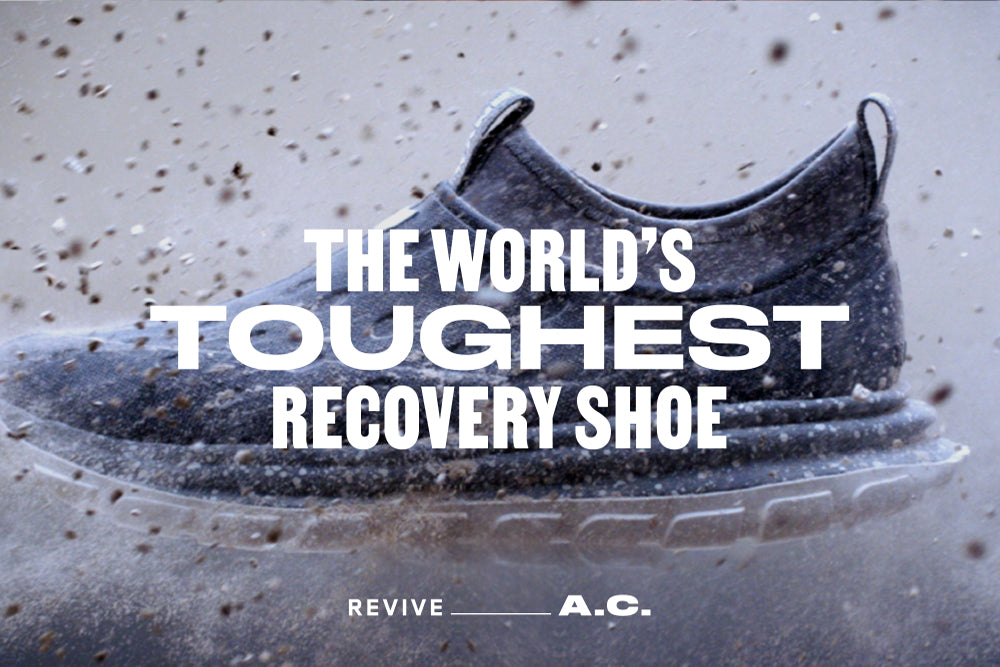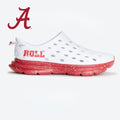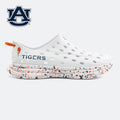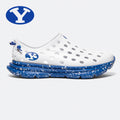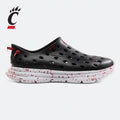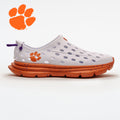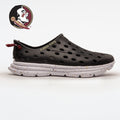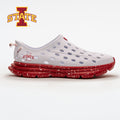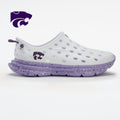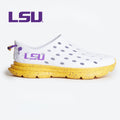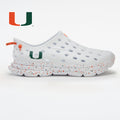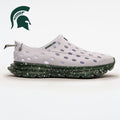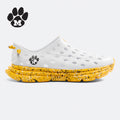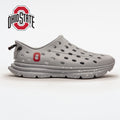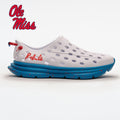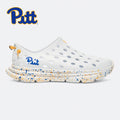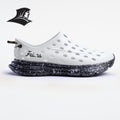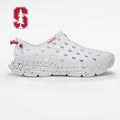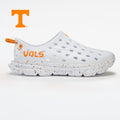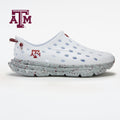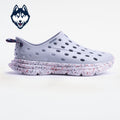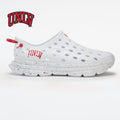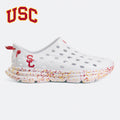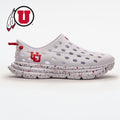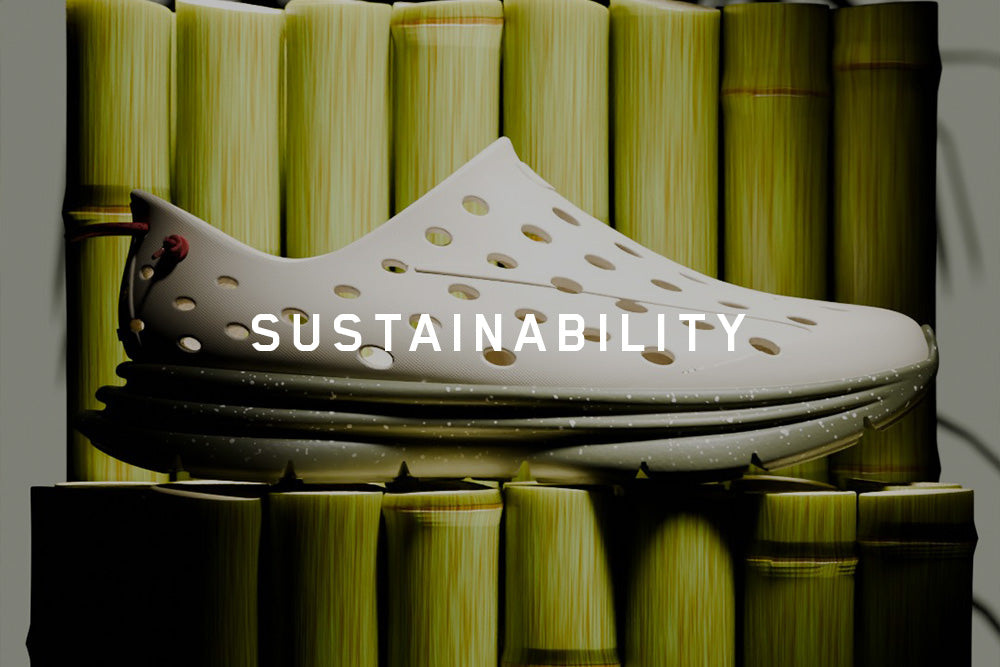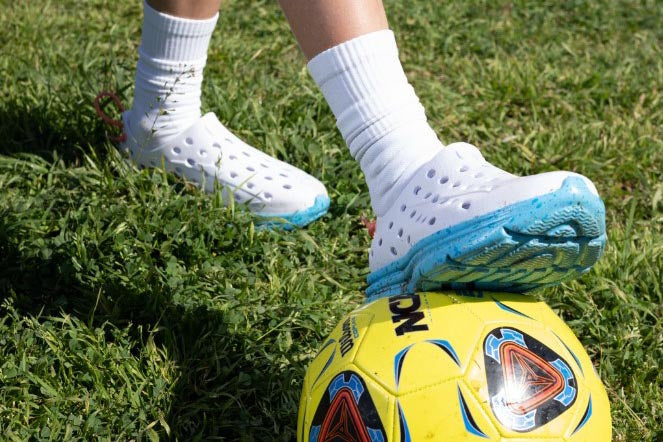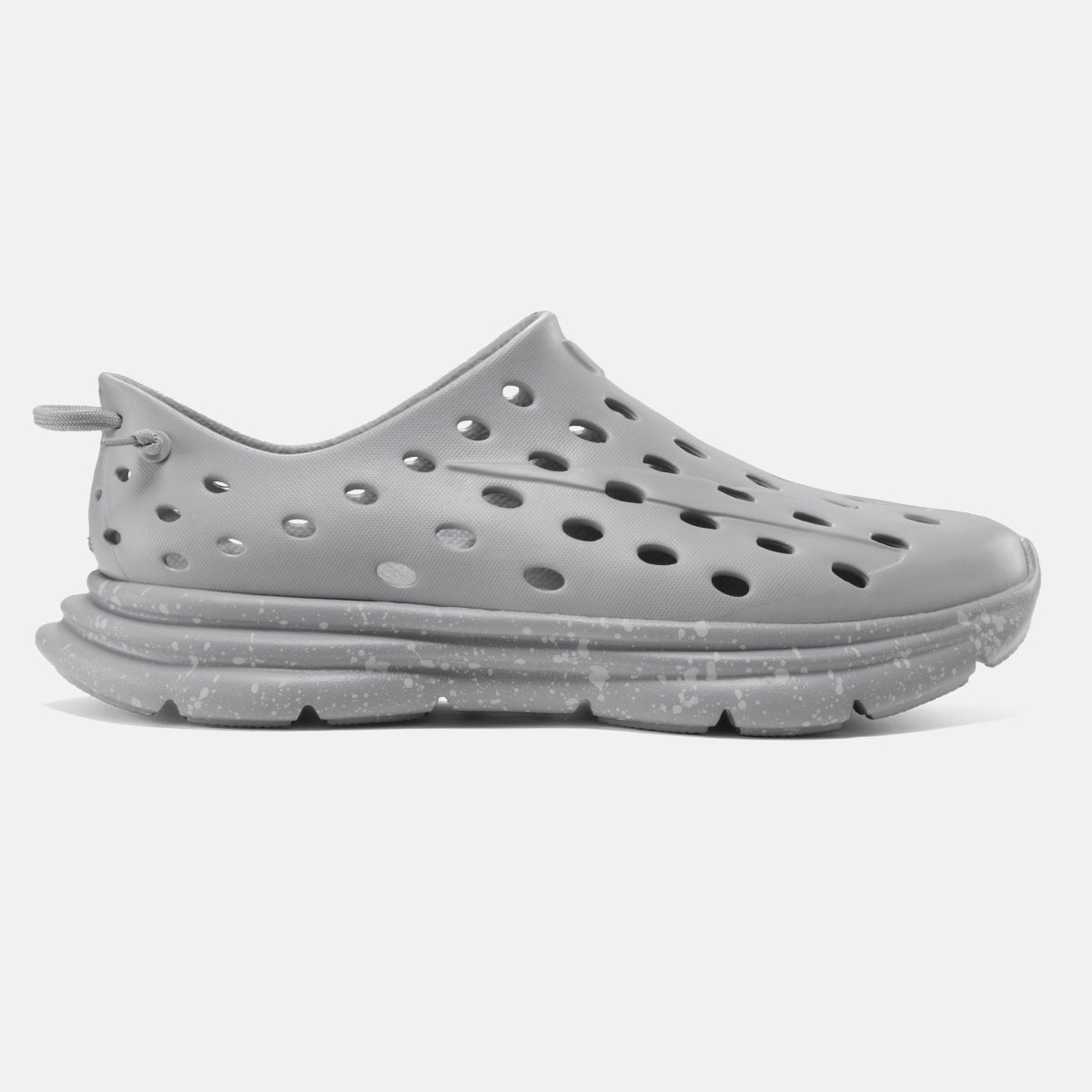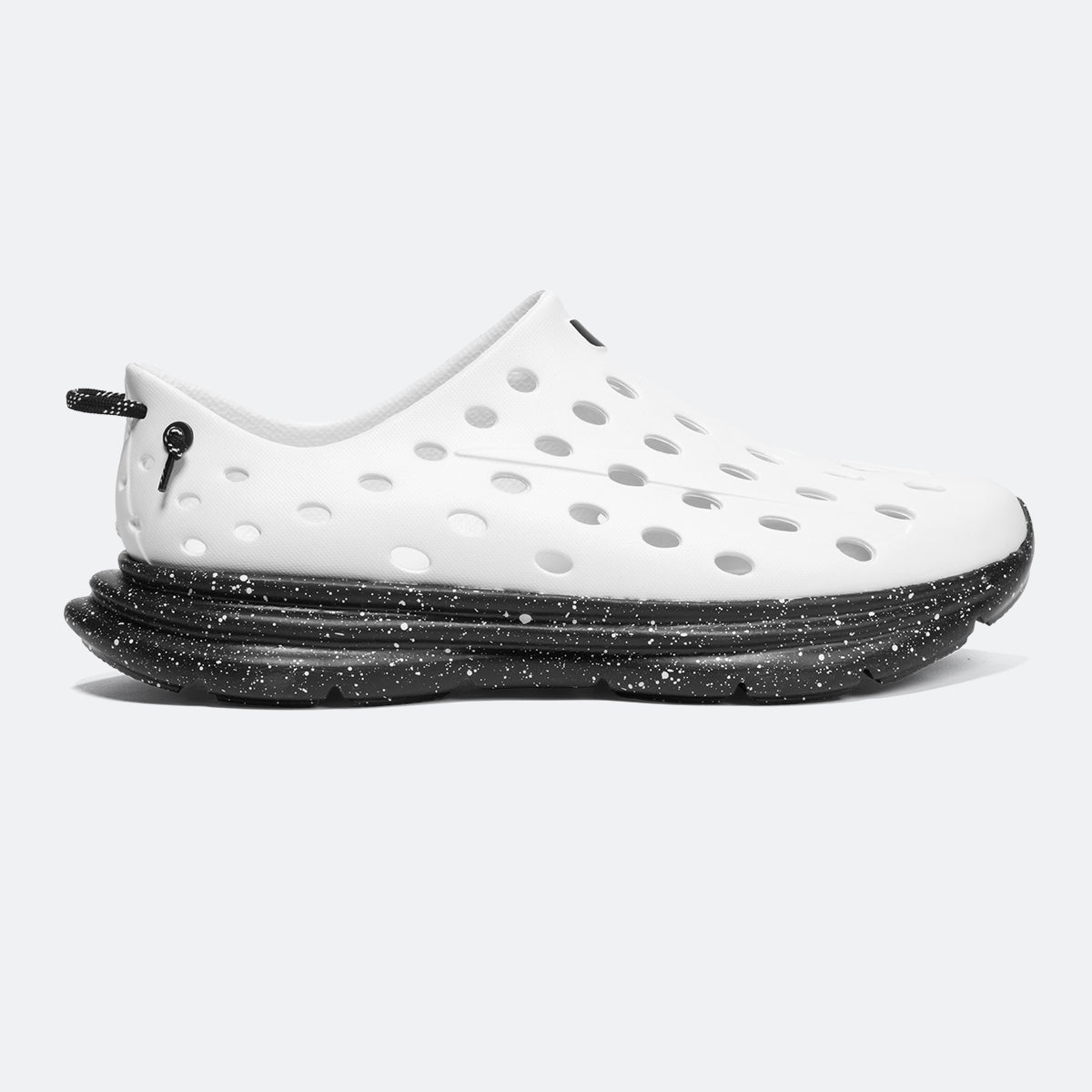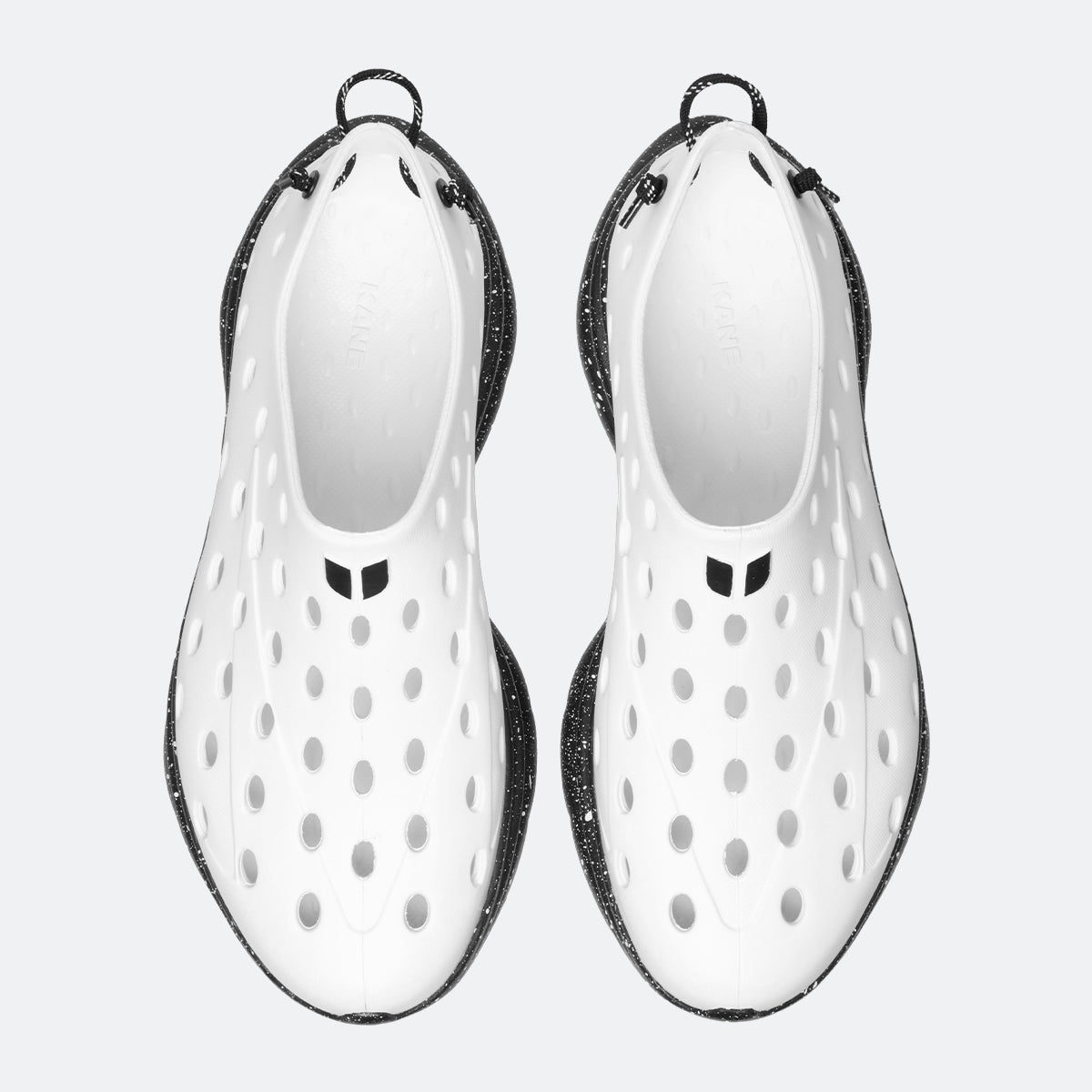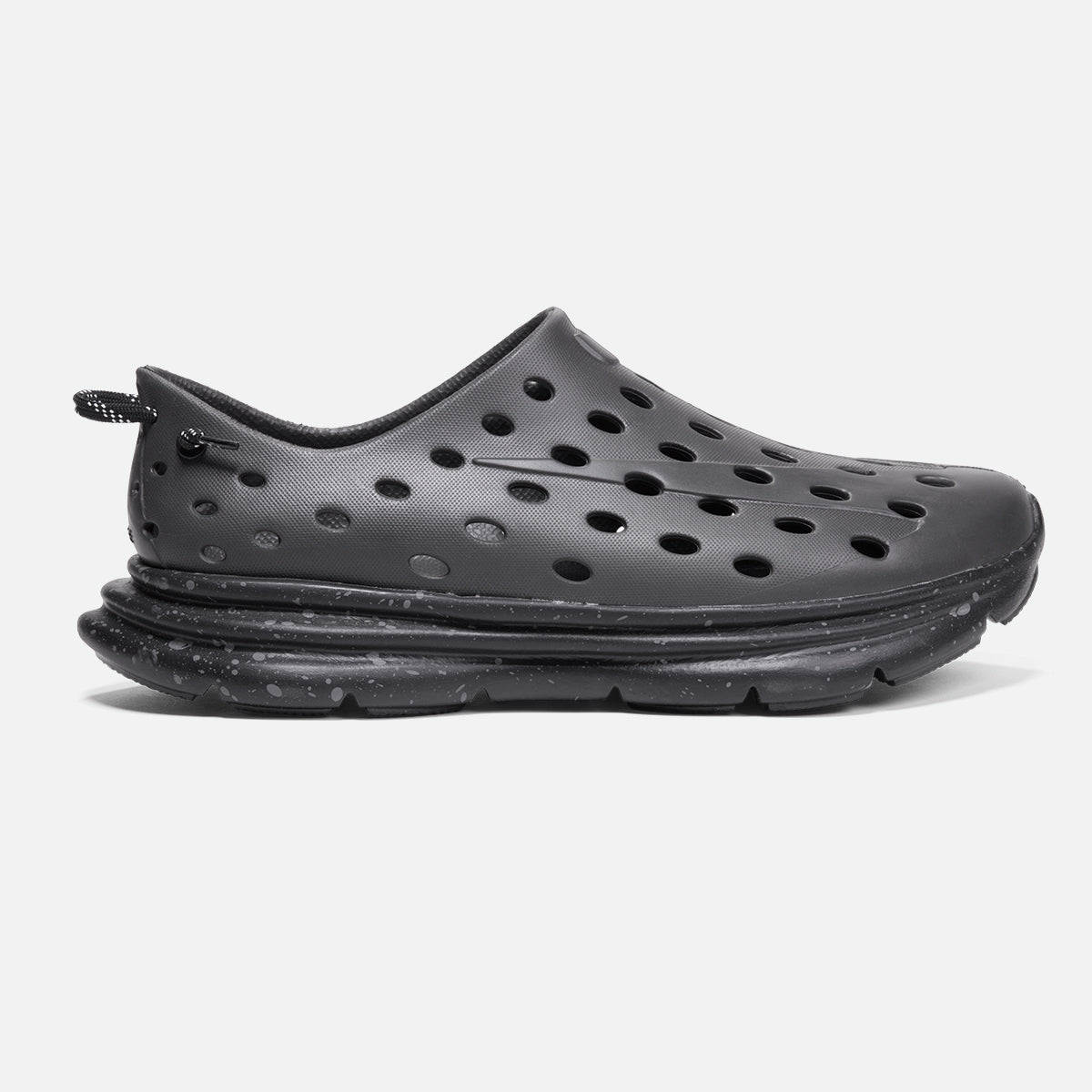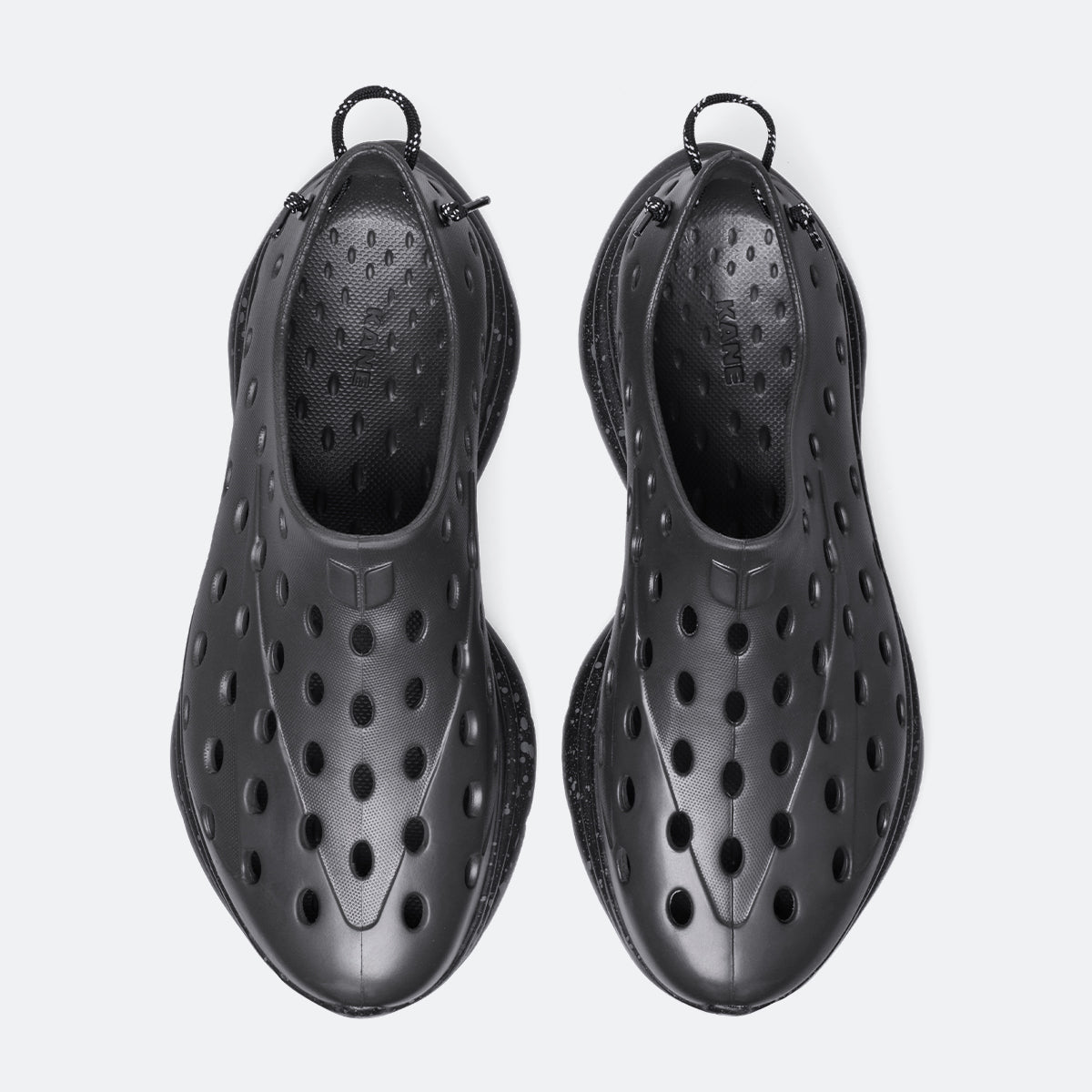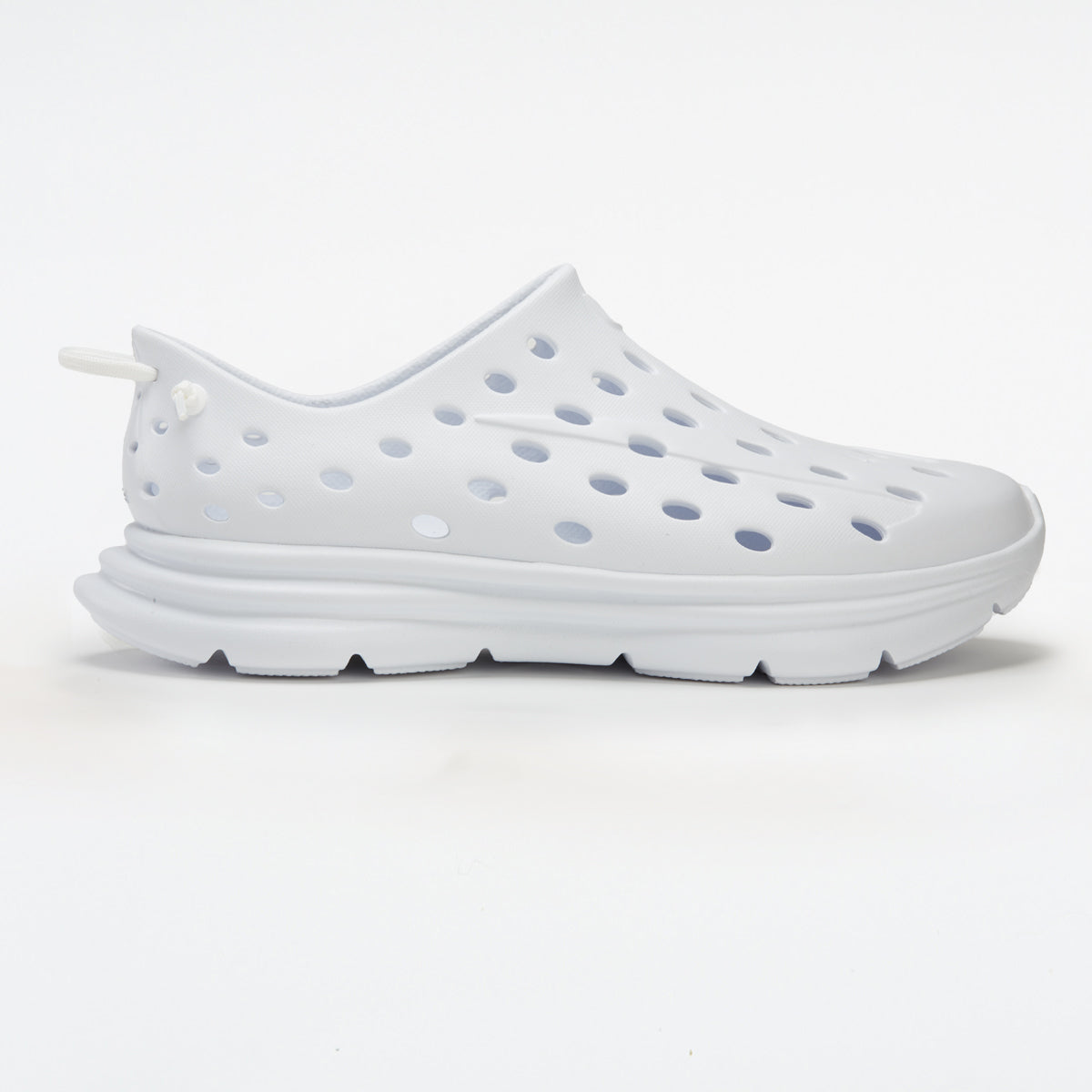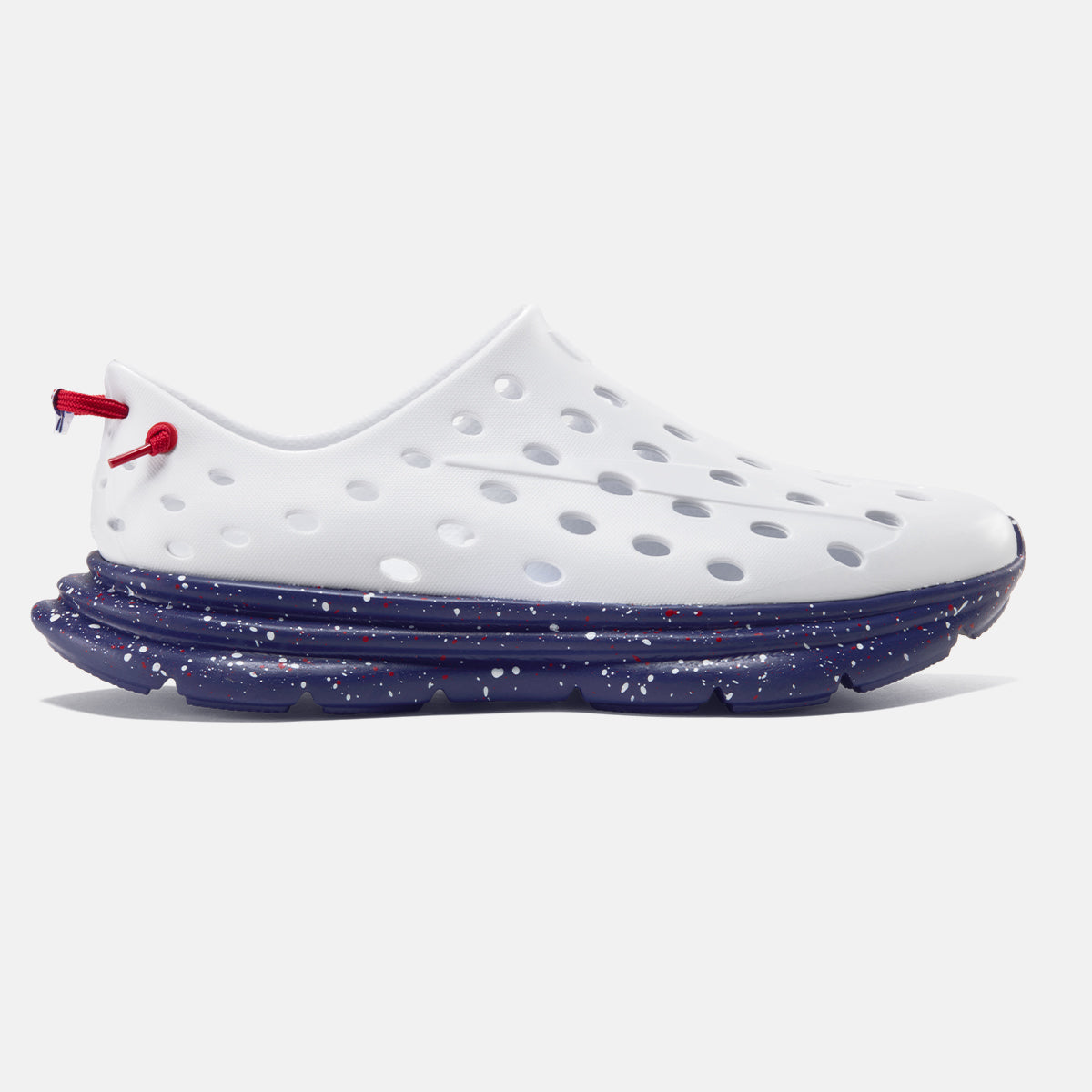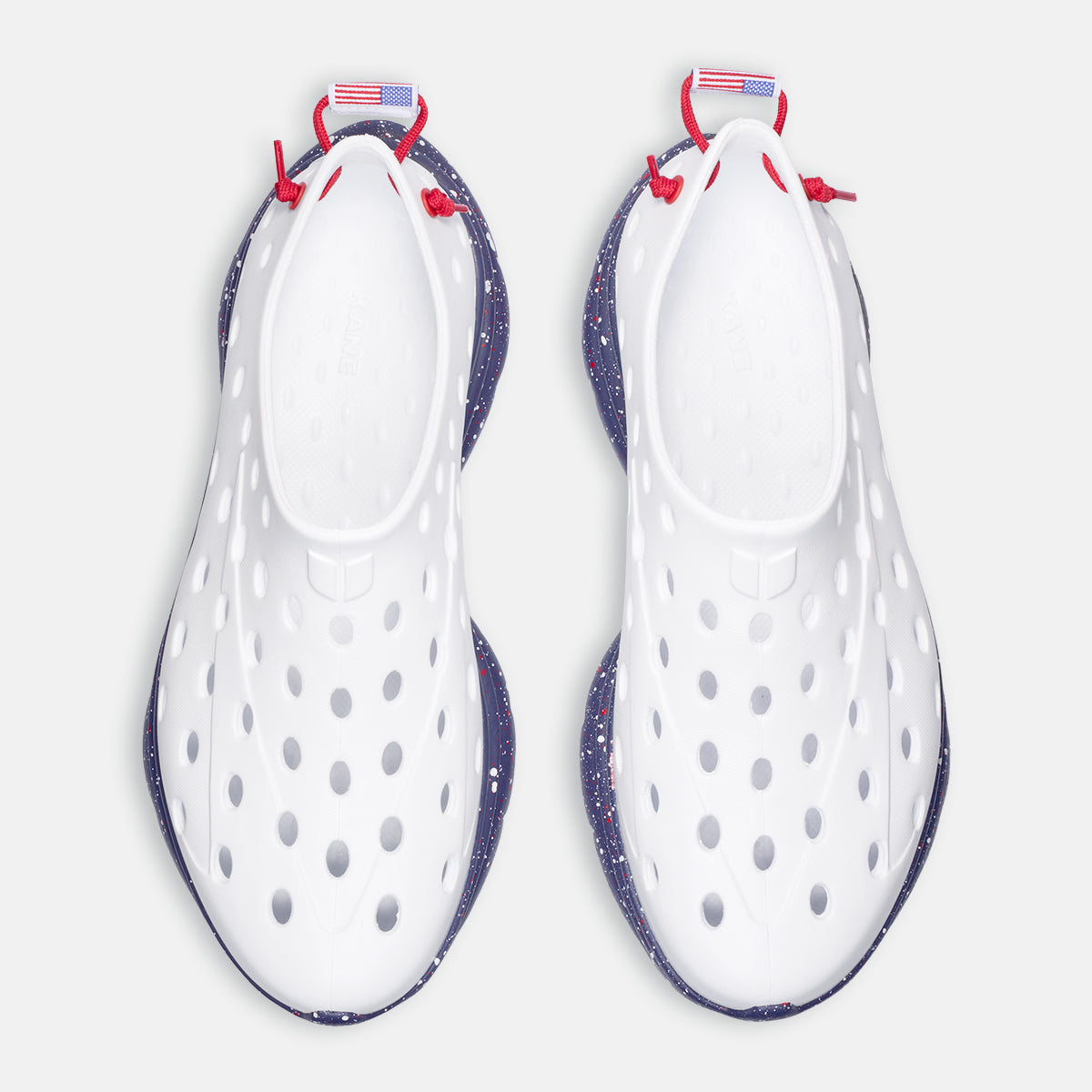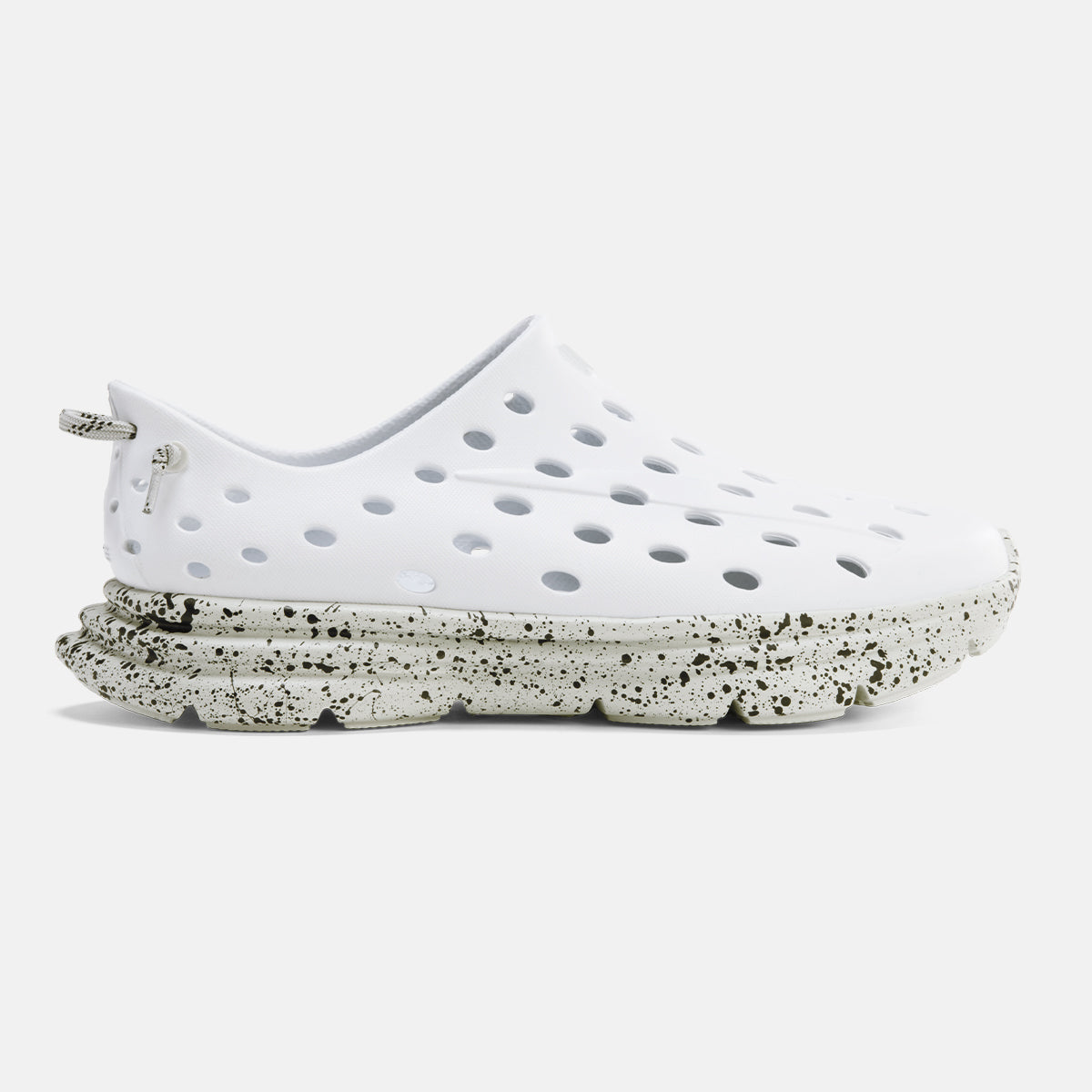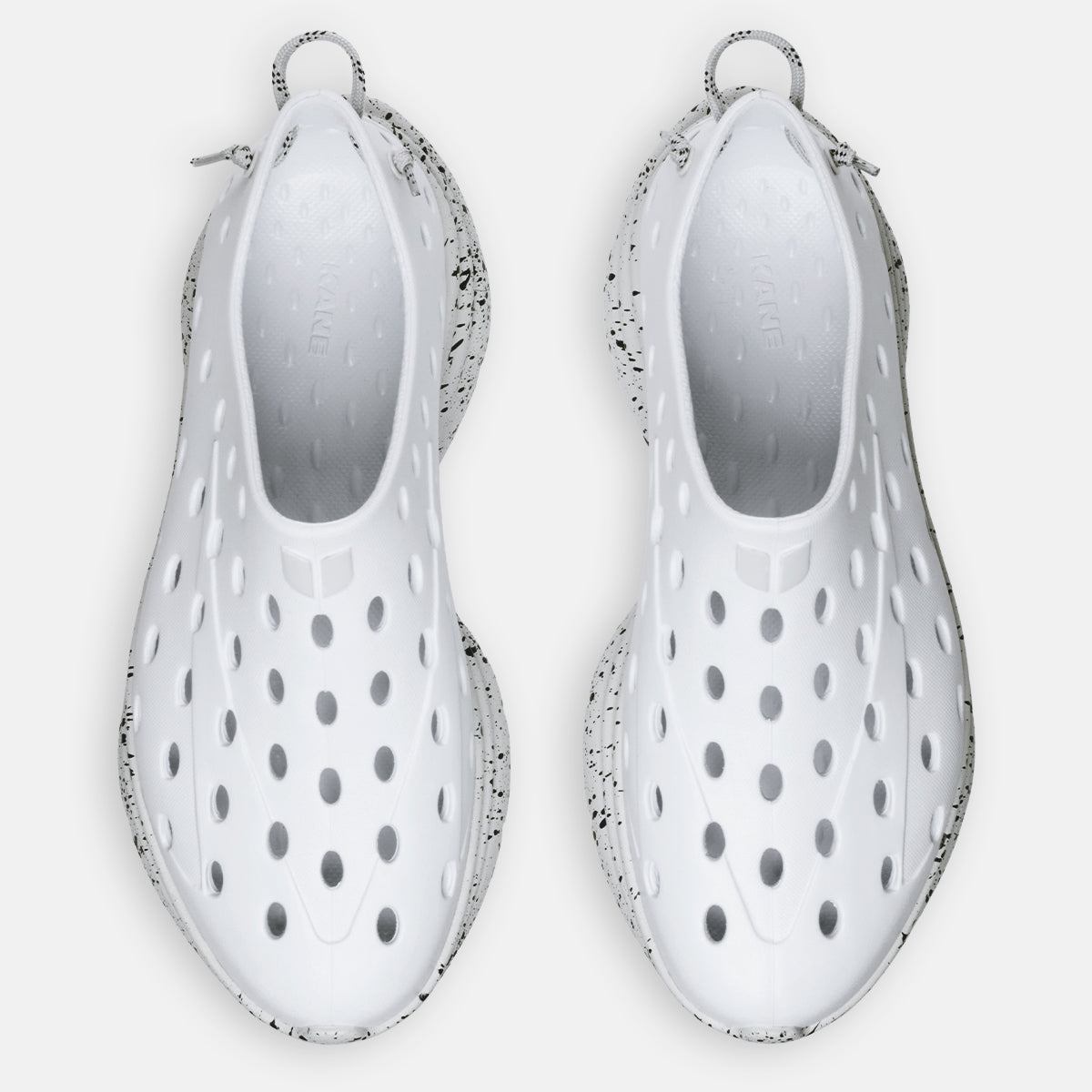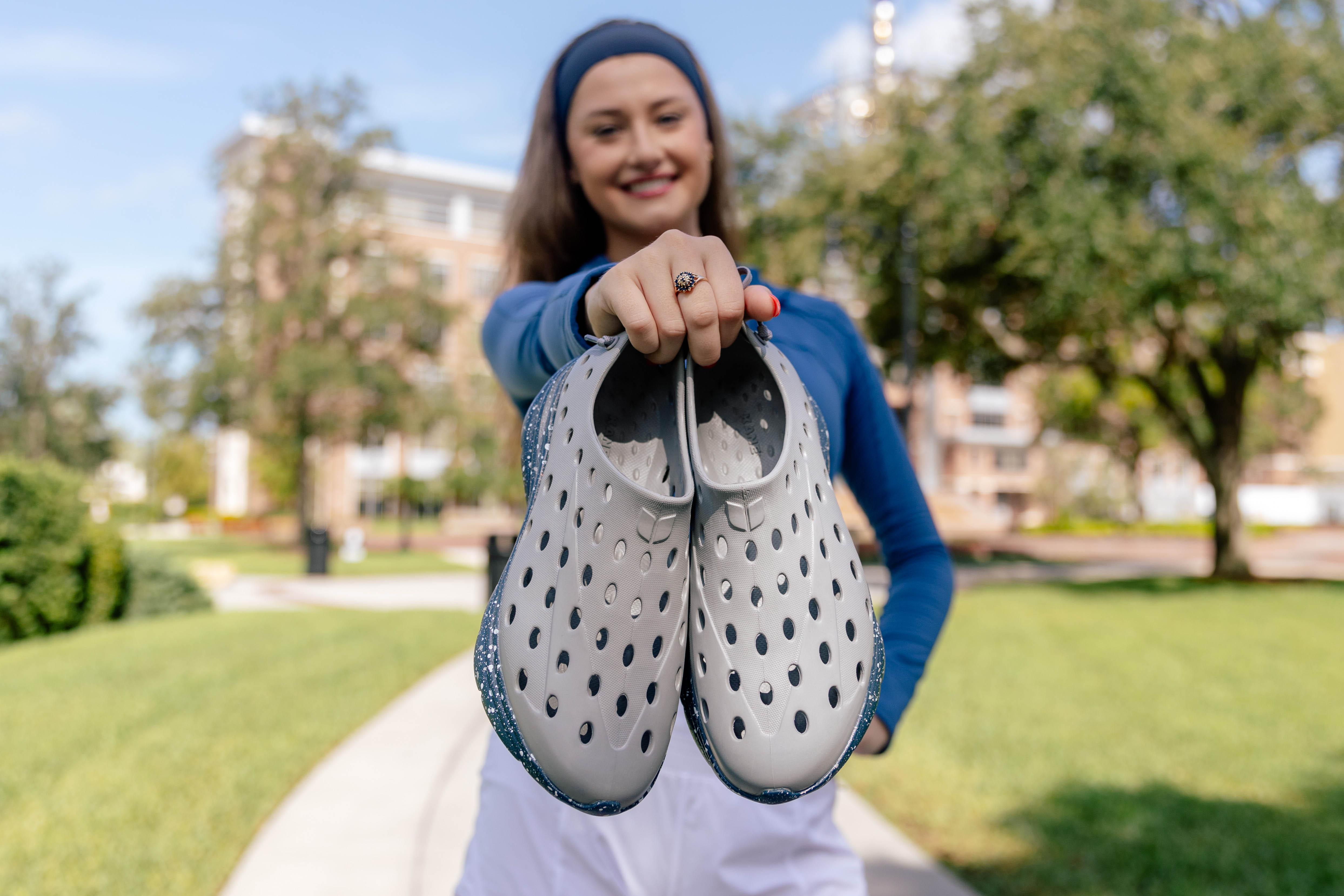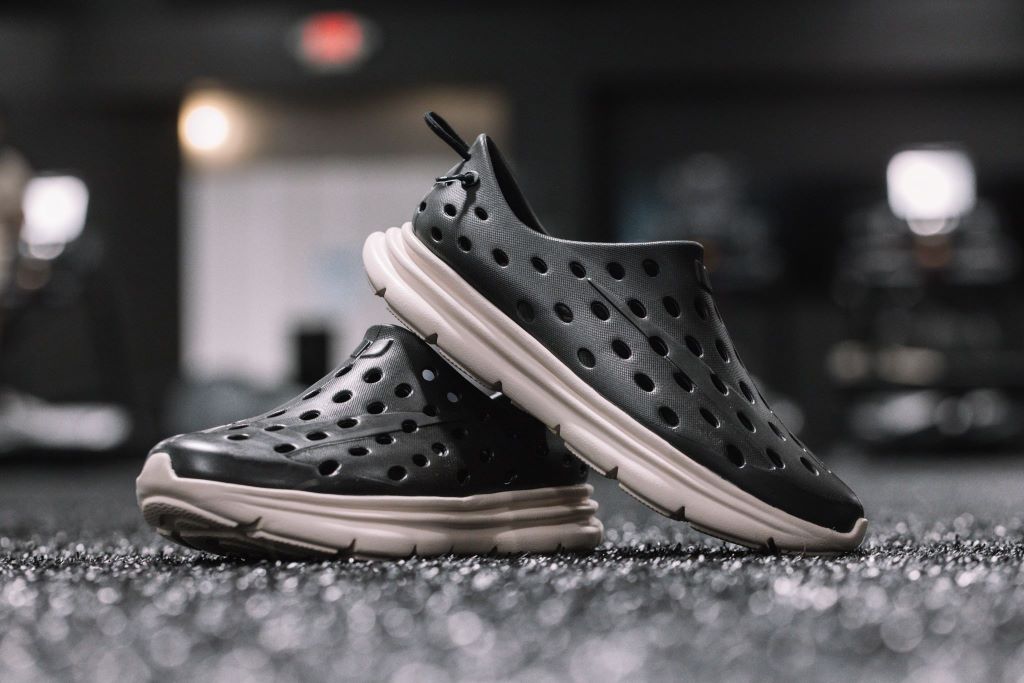Proper footwear can make all the difference in workplaces where slippery conditions are common and good traction is a game-changer. Non-slip shoes provide safety and stability, reducing the risk of slips, trips, and falls. But with so many options available, how can you tell if a pair of shoes is genuinely non-slip?
Explore the key features and characteristics to look for when selecting non-slip shoes and practical tips to ensure you make a safe and informed choice.
Whether in the restaurant industry, healthcare sector, or any other profession where surefootedness is paramount, understanding how to identify non-slip footwear is essential for maintaining a secure and accident-free work environment.
7 ways to tell if shoes are non-slip or slip-resistant
Here are seven ways to determine whether a shoe is non-slip or slip-resistant to keep you safe on various surfaces:
1. Labeling
Check for labeling or product descriptions that explicitly state "non-slip," "anti-slip," or "slip-resistant." Labeling is the most direct way to confirm whether or not you have a slip-resistant shoe.
2. Outsole material
Examine the outsole. The best non-slip shoes typically have rubber, polyurethane, or PVC outsoles, which provide better traction. Softer, more pliable outsole materials also tend to have better grip.
3. Tread pattern
Look for tread patterns with texture on the outsole. Non-slip shoes have distinct shapes like hexagons, circles, squares, or squiggles that increase surface area and grip. Smaller, tighter patterns are considered more slip-resistant.
4. Outsole design
Check if the outsole has angled or rounded edges. This design prevents liquids from getting trapped underneath the shoe, reducing the risk of hydroplaning.
5. Outsole thickness
Note if the outsoles are thicker than regular shoes. Anti-slip shoes often have thick outsoles, which can provide better traction.
6. Compliance with industry standards
See if the shoes meet safety standards like ASTM for slip resistance. Certifications indicate that the shoes have been tested and meet industry requirements.
7. Slip test
For shoes you already own, do a simple slip test on a wet surface to evaluate the traction. To create a slippery surface, get a smooth, non-porous surface like tile or vinyl flooring and wet a small area with water. Stand in the damp area, wearing the shoes you want to test. Apply moderate pressure by shifting your weight from one foot to the other.
If the shoes grip the wet surface without slipping or sliding, they likely have good slip-resistant properties. However, if they easily slide with little effort, they lack sufficient traction and are not non-slip.
Features that define slip-resistant shoes
Non-slip shoes, or slip-resistant shoes or footwear, are specially designed to prevent slips. These specialized shoes have outsoles engineered to provide superior traction and grip on slick surfaces. People wear non-slip shoes in restaurants, hospitals, factories, and construction sites — anywhere they may encounter slippery floors.
Slip-resistant shoes typically have a rubber sole (or one made with other high-friction materials) with patterns or grooves that increase surface area contact and prevent slipping. They’re designed to reduce the risk of slips, trips, and falls, thus enhancing workplace safety and preventing accidents.
These are the key features that define the best slip-resistant footwear:
Rubber or synthetic soles
Non-slip shoes often have rubber, polyurethane, EVA (ethylene vinyl acetate), or synthetic tread material that provides better grip and traction than most shoes on slippery surfaces.
Specialized tread patterns
The soles of non-slip shoes have distinct patterns that create friction, often with small hexagons, circles, or other shapes that create deep grooves designed to channel liquids away and prevent slips.
Thick, durable construction
Non-slip shoes have thicker, sturdier soles that provide cushioning and support for long periods of standing or walking.
Waterproof materials
The uppers of a non-slip shoe are often made from water-resistant or waterproof materials like leather or synthetic fabrics to protect the foot in wet conditions.
Slip-resistant labeling
Shoes marketed as "non-slip," "slip-resistant," or "anti-slip" have been designed and tested for slip resistance on wet and greasy surfaces.
6 types of non-slip shoes
Non-slip shoes come in various styles for different environments and activities — anywhere you need to maintain balance on slick surfaces. To help you choose the perfect pair, six common types are:
1. Work shoes
Slip-resistant work shoes are specifically designed with durability and safety in mind. They often feature reinforced toe caps and supportive midsoles to protect against workplace accidents. Non-slip work shoes come in various styles, including oxfords, loafers, and lace-up boots, and are suitable for different job roles and environments.
This type of safety footwear is designed to be comfortable during long hours of wear. It often incorporates cushioned insoles and breathable materials to keep feet comfortable and dry during extended shifts for construction workers and others who spend a lot of time on their feet.
2. Chef clogs
Shoe manufacturers tailor chef clogs to meet the demands of restaurant workers in kitchen environments where spills, slick floors, and wet or oily surfaces are common. These shoes are typically made from synthetic materials or EVA foam, which is resistant to water and oil.
They often feature closed-back designs and adjustable straps for a secure fit, ensuring stability while maneuvering through a crowded kitchen with a potentially wet floor. Chef clogs are easy to clean, with smooth surfaces and removable insoles that can be washed or replaced.
3. Athletic shoes
Non-slip athletic sneakers provide traction and support for various physical activities. They feature specialized anti-slip outsoles with multidirectional treads or patterns designed to enhance grip on different surfaces, including asphalt, trails, and gym floors.
These sneakers prioritize performance and comfort, with features such as breathable mesh uppers, responsive cushioning, and supportive midsoles. They come in various styles and designs to cater to specific sports or training needs, ensuring that wearers can focus on their activities without worrying about slipping or sliding.
4. Server shoes
Server shoes withstand the demands of fast-paced restaurant environments while providing slip-resistant traction. They often feature low-profile designs with non-marking outsoles to prevent scuffing and reduce slips.
These shoes are lightweight and flexible for agility and ease of movement, allowing food service workers to navigate crowded dining areas and potentially oily kitchen floors confidently. They may also incorporate moisture-wicking linings and padded collars for additional foot protection during long shifts, preventing fall accidents and ankle sprains.
5. Safety shoes
Safety boots or shoes featuring non-slip rubber outsoles are essential for construction, manufacturing, and logistics workers. These boots are constructed with durable materials such as leather or synthetic textiles and reinforced with steel or composite toe caps for protection against impact and compression hazards.
This type of protective footwear features rugged outsole patterns with deep treads for maximum traction on uneven terrain and slippery surfaces. Safety boots prioritize stability and support, often incorporating ankle padding, arch support, and shock-absorbing midsoles to reduce fatigue and minimize the risk of musculoskeletal injuries caused by slips.
6. Outdoor sandals
Non-slip outdoor sandals are designed for adventurers who enjoy hiking, trekking, or water activities. These sandals feature durable straps, adjustable closures for a secure fit, and molded footbeds for arch support and cushioning.
Outdoor sandals have quick-drying materials such as neoprene, nylon, or synthetic leather that are resistant to water and abrasion. They provide traction and grip on wet or slippery surfaces, with rugged outsoles featuring pronounced lug patterns or high-grade rubber compounds for superior traction on trails, rocks, riverbeds, and other slick terrain.
A non-slip pair of sandals offers breathability and ventilation to keep feet cool and comfortable during warm-weather adventures, making them a versatile choice for anyone who spends time outdoors.
Discover Kane Recovery Shoes!
Step into our Kane Revive Active Recovery Shoe, and you’ll never turn back. Designed for breathability and offering the perfect balance of support and cushion, these shoes provide the comfort you deserve.
Kane's recovery shoes provide excellent support, comfort, and durability for those needing top-notch recuperative footwear. Featuring an adjustable hook-and-loop single-strap synthetic upper, plush TPR footbed, and durable injected EVA outsole, these kicks come with all the right features to assist you during your rehabilitation journey.
Aside from providing quality products, they are also committed to sustainability, having made plans to become a B Corp while dedicating 1% of their overall profits towards environmental charities.
When and how to wear Kane Revive
The best moment to wear most recovery shoes is directly after a strenuous activity such as running or exercising. This helps minimize inflammation and launch the healing process. To guarantee maximum comfort and effective recuperation, make sure that you are wearing your recovery footwear correctly by tying up laces securely for a snug fit.
Frequently asked questions
How do you know if a shoe offers slip resistance?
First, examine the outsole material to determine whether a shoe is non-slip. Rubber or similar high-traction materials grip surfaces securely, especially in wet or oily conditions. Look for shoes with deep patterns or multidirectional designs that help disperse water or oil.
Some shoes may also bear an ASTM F2913-11 rating, indicating compliance with slip resistance standards. Additionally, consider any coatings or treatments applied to the shoes to improve slip resistance, although these may wear off over time.
Test the shoes on a similar surface to evaluate their slip resistance firsthand. Consult online reviews and ask colleagues in relevant industries for recommendations.
Lastly, ensure the shoes comply with any industry-specific regulations or standards. By assessing these factors, you can confidently determine whether a shoe is non-slip.
What are some common surfaces that cause shoe slipping?
Some common surfaces that can cause shoe slipping include smooth, polished floors. Surfaces like laminate, ceramic tiles, and highly polished concrete or vinyl floors have very low surface roughness, which makes them slippery, especially when wet, leading to poor traction and an increased risk of slips and falls.
Wet surfaces significantly reduce friction, making wet floors extremely slippery and hazardous for shoe soles. Ice and packed snow create low-traction conditions that most regular shoe outsoles cannot grip effectively, resulting in a very high risk of slipping and falling incidents.
Surfaces covered in small, loose particles, such as sand, gravel, or other debris, can cause shoes to lose traction and slip, especially on inclined surfaces. Likewise, uneven surfaces can catch people off guard, such as when moving from outdoors to indoors.
Depending on the material, some floor mats and carpets can be very slick, especially when combined with moisture or spills.
The common theme is that any surface that is smooth, polished, wet, icy, or covered in debris presents an increased slipping hazard for standard shoes and treads not designed for those specific conditions.
How do you identify non-marking shoes?
To identify if a shoe has non-marking soles, conduct the fingernail test. Flip the shoe over and press your fingernail into the outsole. If the outsole is soft and leaves a temporary dent that recovers quickly, it is likely a non-marking sole.
Do the paper rub test by placing a white piece of paper on the floor and rubbing the outsole firmly against it. If the shoes don’t leave scuff marks or discoloration on the paper, they have non-marking soles.
Observe the outsole material and texture. Non-marking soles are typically made of soft rubber or gum rubber compounds. They have minimal treads and a relatively flat, smooth texture without deep grooves or lugs.
Check for product labeling. Look for descriptions like "non-marking," "non-scuffing," or "court shoes" on the shoe itself, box, or product listing. Certain sports, such as badminton, pickleball, and indoor basketball, often require non-marking shoes.
Consider the shoe color. While non-marking soles can be any color, lighter shades like white are less likely to leave marks than darker soles.
Evaluate the outsole hardness. Non-marking outsoles are designed to be softer and more pliable than regular outdoor shoes to prevent scuffing indoor surfaces.



